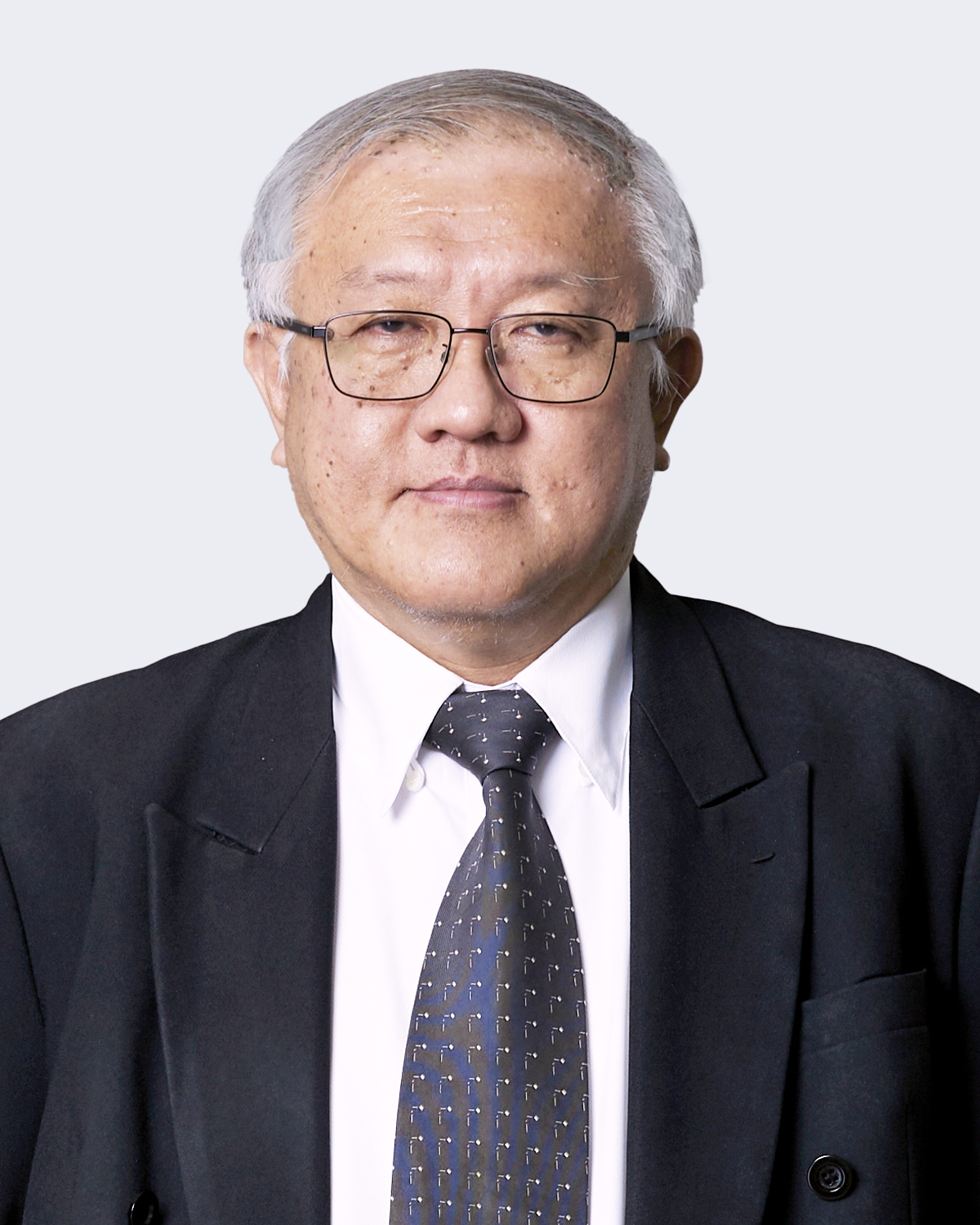Providing Reports and Plans in Accordance with Environmental Management Procedures for the Decommissioning of Installations Used in the Petroleum Industry
Clause 4 of the Ministerial Regulations Prescribing the Plan, Estimated Cost and Security for Decommissioning Installations Used in the Petroleum Industry B.E. 2559 (2016), which is issued under Section 14 (5), Section 80/1, and Section 80/2 of the Petroleum Act B.E. 2514 (1971), as amended by the Petroleum Act B.E.2514 (1971) (No.6) B.E.2550 (2007), provides that a concessionaire has the responsibility to proceed with environmental management procedures for the decommissioning of installations used in the petroleum industry, in order to effectively promote and preserve the quality of the environment. In addition, the procedures also cover research on environmental impact. The principles, procedures, and conditions of such reports and plans must be pursuant to the announcement of the Department of Mineral Fuels (DMF).
On 26 June 2018, the DMF issued the Announcement Prescribing the Principles, Procedures and Conditions for Providing the Reports and Plans in Regard to the Environmental Management Procedures for the Decommissioning of Installations Used. This announcement aims to ensure that the quality of the environment is effectively nurtured and preserved in the event that the installations or the area used for petroleum operations is decommissioned; it also covers research on environmental impact. The announcement prescribes that the concessionaire has the responsibility to provide a report and plan in accordance with a set of four environmental management procedures to the director-general of the DMF for approval, as follows:
- Decommissioning Environmental Assessment Report (DEA report): The DEA report must include (1) the installations that will be decommissioned; (2) procedures; (3) duration; (4) environmental information; (5) impact; and (6) the protection policy and monitoring plan. The DEA report must be prepared by a person who is licensed by the Office of Natural Resources and Environmental Policy and Planning to provide environmental impact assessment reports. Prior to providing the DEA report, the concessionaire will have to provide a report defining the scope of the research and the stakeholder plan for the approval of the director-general of the DMF.
- Best Practical Environmental Option Report (BPEO report): The concessionaire must consider the best and most suitable option for proceeding with the decommissioning, from all the options prescribed in the DEA report that was approved by the director-general of the DMF. The BPEO report must include important details such as the options and methods for decommissioning, procedures and criteria, and a summary of the most suitable option for proceeding with the decommissioning.
- Decommissioning Activity Environmental Management Plan (DEM plan): The DEM plan is related to the permanent closure and abandonment of the well, or the decommissioning, withdrawal, transportation, or demolition of the unused installation. The concessionaire has to lay out, among other things, (1) measures for protection and mitigation of environmental impact, (2) a cleaning plan, (3) removal of any contamination, and (4) a waste management plan. During the decommissioning process, the concessionaire must deliver an audit report on the operations in accordance with the aforementioned plans to the General Director of the DMF within 180 days of finishing the decommissioning activities.
- Post-Decommissioning Activity Monitoring Plan: When the decommissioning activities have been completed and the concessionaire has received general environmental information relating to Post-Decommissioning Activity Monitoring, the concessionaire must submit the Progress of Post-Decommissioning Activity Monitoring Report of environmental quality to the director-general of the DMF within the specified time limit. Moreover, the concessionaire also has to deliver the Post-Decommissioning Activity Monitoring Report for the DMF’s approval within the time limit specified in the above plan.
In conclusion, the government agencies not only stipulate the principles for decommissioning and security, but they also stipulate the responsibilities for the concessionaire in respect to providing the research and environmental impact assessment reports, which cover the pre-decommissioning assessment of environmental impact and the management plan during the decommissioning, as well as follow-up, auditing, and post-decommissioning assessment. These helpful measures protecting against environmental impacts help to ensure that decommissioning activities are carried out in a manner that promotes efficient and sustainable environmental protection in the future.
This article first appeared in the July 2019 edition of PTIT Focus, the Petroleum Institute of Thailand’s monthly newsletter. The article was published in both English and Thai.








